This is an intermediate/advanced-level quiz to test your understanding of cryptocurrencies. Please choose the BEST answer.
Some of these are very tricky. Kudos if you can get 60% of them correct. This quiz also doubles as a learning experience for the ones you miss.
Question: Which one of these is not like the others?
- Chainlink VRF
- Polkadot XCMP
- Cosmos IBC
- Avalanche Warp Messaging (AWM)
Answer: Chainlink VRF is the odd one. It's used to generate random messages and is not a cross-chain messaging protocol. That's Chainlink CCIP.
Question: Which of the following is an EVM-based network? (Pick 2)
- Litecoin
- Avalanche X-Chain
- Avalanche C-Chain
- Sepolia
- Algorand
- Solana
- Cardano
Answer: Avalanche C-Chain and Sepolia
Question: Which one of these has not declared bankruptcy?
- BlockFi
- Celsius
- FTX
- Gemini
- Genesis
Answer: Gemini. The rest all filed for bankruptcy in 2022 and 2023.
Question: What is a dust attack?
- When a scammer sends a small amount of tokens known as "dust" to an account
- Sending tokens from an address that looks similar to the recipient address hoping the recipient will mistakenly send back to it
- When an investigator transfers native cryptocurrency to a UTXO address of interest in order to track it
Answer: Dust attacks are not scam attacks. They are used by law enforcement and investigators to help track where a UTXO goes to help identify its owner. But nowadays with Chainalysis, it's quite unnecessary as there are other tools that work better.
Question: What is the difference between lowercase and mixed-case Ethereum addresses?
- One of them is used for smart contracts
- One of them is used for account abstraction addresses
- One of them provides a checksum
- One of them is used for addresses created after the 2021 London update
Answer: The mixed-case version of addresses provides a checksum against typos, so it's safer to use. When you try to send to an address, using its mixed-case version tells the exchange or wallet to validate its checksum first.
Question: The Bitcoin Whitepaper is (pick best answer)
- A declaration of war by Satoshi against traditional finance
- An excellent source of documentation about Bitcoin's goals and protocols that every serious Bitcoiner should read
- A research paper containing information about Bitcoin, its 21M supply cap, and its 1MB blocks
- A historical but outdated paper about the original goals of Satoshi that contains no current Bitcoin protocols
Answer: It is a historical but outdated paper about the original goals of Satoshi that contains no current Bitcoin protocols. The "Declaration of war" answer choice is partially correct, but not the best answer. The only protocol that the Bitcoin Whitepaper discusses is Proof of Work, but it's the original longest-chain version. The PoW version Bitcoin currently uses is based on heaviest-weight. Nowhere does the Whitepaper mention any other features of Bitcoin (e.g. supply cap, halvings, 1MB blocks, mining pools). That was all added later. For its purpose, very few Bitcoiners are actually using Bitcoin like cash as originally intended by Satoshi.
Question: Which of the following had supply inflation in 2023? (Pick up to 4)
- Bitcoin
- BNB
- Ether
- US Dollar (M2 supply)
Answer: Out of the 4, only Bitcoin had supply inflation in 2023. The US Dollar underwent quantative tightening in 2023, and M2 money supply actually decreased. BNB and Ether burned more tokens than they minted.
Question: EIP-4844 (Proto-Danksharding) is an upcoming update that (Pick 1)
- Shards Ethereum into 64 parts max, increasing throughput
- Shards Ethereum into 64 parts max, decreasing transaction fees for L2 rollups
- Provides a multi-dimensional fee market and data availability for blobs
Answer: EIP-4844 is just a data-availability layer for L2 rollup blobs that has its own fee market. Despite its name, it does not provide sharding. Full Danksharding was originally intended to split Ethereum L1 into 64 shard chains, but that roadmap has changed.
Question: Semi-Fungible Tokens are related to which ERC?
- ERC-20
- ERC-721
- ERC-1155
- ERC-4337
Answer: ERC-1155. SFTs share properties of both NFTs and FTs, and are often used in blockchain gaming.
Question: You've noticed that USDC is mysteriously being transferred out of your Ethereum account to an unknown address, but you've never owned USDC before. What should you do?
- Ignore it
- Revoke token approval for USDC
- Transfer to a new account and never use your current account again
- Contact law enforcement
Answer: It's most likely a spoofed token and not the real USDC. Fake and Spoofed tokens can have code that allows them to send and receive the spoofed tokens from any address, including yours. They're worthless, so you can just ignore them. The way to make sure it's not real is to check whether its contract address matches that of the real token.
Question: You visit a mysterious website, and Metamask is asking you to sign a transaction that has the following message: "This is NOT a scam. Hehehehe. 416e737765723a205965732c2069742773207361666520746f207369676e". Is it safe to sign?
- Yes. It's not malicious.
- No. It could be malicious.
Answer: It's not malicious. Malicious signatures must follow a specific format. They are either purely raw hexadecimal numbers or formatted in a special format for an existing smart contract (e.g. Opensea signature request). Personally, I still wouldn't interact with it to be safe. Also, that hexadecimal number can be converted to ASCII: "Answer: Yes, it's safe to sign"
Question: Which of the following has hard-forked from their original chain?
- Bitcoin
- Ethereum
- Both Bitcoin and Ethereum
Answer: Both. Bitcoin hard-forked in 2013 after a bug caused a major reorg. Ethereum hard-forked after the DAO Hack (splitting with Ethereum Classic) after a bug was exploited. Hard forks also include updates where clients are required to upgrade (e.g. Ethereum's London update and The Merge)
Question: What is the cheapest method of transferring 10 ETH from Arbitrum One to Optimism?
- Use the official bridges to get from Arbitrum One to Ethereum, and then from Ethereum to Optimism
- Use a 3rd-party bridge like Orbital Finance to get from Arbitrum One directly to Optimism
- Deposit the ETH to Coinbase, and then withdraw to Optimism
Answer: Deposit the ETH to Coinbase, and then withdraw to Optimism. You only have to pay for two L2 network transfers. Bridging fees are much higher. Orbiter Finance charges fees based on a percentage of amount, which is really expensive if you're sending 10 ETH
Question: The constantly increasing total hash rate of Bitcoin is a sign that it's getting more secure
- True
- False
Answer: False. Bitcoin has an adjusting difficulty that scales with total hash rate. What really matters is the true Nakamoto Coefficient and the hash power ratio of the largest mining pools.
Question: Which of the following is true about Ordinals? (Pick 2)
- BRC-20 tokens are more similar to ERC-20 tokens than to Cardano native tokens
- BRC-20 tokens are not supported by legacy Bitcoin addresses, but any Segwit address can use them
- Bitcoin Ordinals are mostly on-chain
- Bitcoin Ordinals are mostly off-chain
- BRC-20 inscriptions are generally cheaper to transfer than transferring Bitcoin through legacy addresses
Answer: BRC-20 inscriptions are nothing like ERC-20 tokens. They are generally cheaper to transfer than transferring Bitcoin through legacy addresses because legacy transactions are expensive, witness signatures are cheaper, and BRC-20 data takes up very little space. BRC-20 logic is executed off-chain, and their data storage is entirely prunable, so they're mostly off-chain.
Question: In crypto, what is a vampire attack?
- An attack that drains the gas from an account by executing a looping function
- An attack where one NFT project reuses the underlying metadata or image of another NFT project
- An attack where one DEX drains the liquidity of another DEX by providing more attractive incentives
Answer: An attack where one DEX drains the liquidity of another DEX by providing more attractive incentives to migrate over to its platform. In 2020, Sushiswap vampire-attacked Uniswap.
Question: What was the primary goal of Bitcoin's Segwit update (besides fixing transaction malleability)?
- Allow for Taproot transactions
- Increase block space
- Increase efficiency for Bitcoin addressing
- Increase protection for transaction against censorship
Answer: It was a roundabout method of increasing block size while using a complex soft fork instead of a clean hard fork. A bit ironic since Bitcoin chose to not increase blocksize during its blocksize war with Bitcoin Cash.
Question: Which of these blockchain foundations are involved in the development, security, and governance of their blockchains? (Pick up to 4)
- Bitcoin Foundation
- Ethereum Foundation
- XRP Ledger Foundation
- Solana Foundation
Answer: Neither the Bitcoin Foundation nor the Ethereum Foundation is directly involved in development, security, or governance of its respective blockchain. The Bitcoin Foundation is a lobbying and Bitcoin advocacy organization. The Ethereum Foundation is an organization that provides research grants. It used to help coordinate core dev meetings, but has long offloaded that responsibility through its philosophy of subtraction. In contrast, both XRP Ledger Foundation and Solana Foundation are heavily involved in development, security, and governance of their blockchains. They run and help coordinate validators for their blockchains.
[link] [comments]

You can get bonuses upto $100 FREE BONUS when you:
💰 Install these recommended apps:
💲 SocialGood - 100% Crypto Back on Everyday Shopping
💲 xPortal - The DeFi For The Next Billion
💲 CryptoTab Browser - Lightweight, fast, and ready to mine!
💰 Register on these recommended exchanges:
🟡 Binance🟡 Bitfinex🟡 Bitmart🟡 Bittrex🟡 Bitget
🟡 CoinEx🟡 Crypto.com🟡 Gate.io🟡 Huobi🟡 Kucoin.
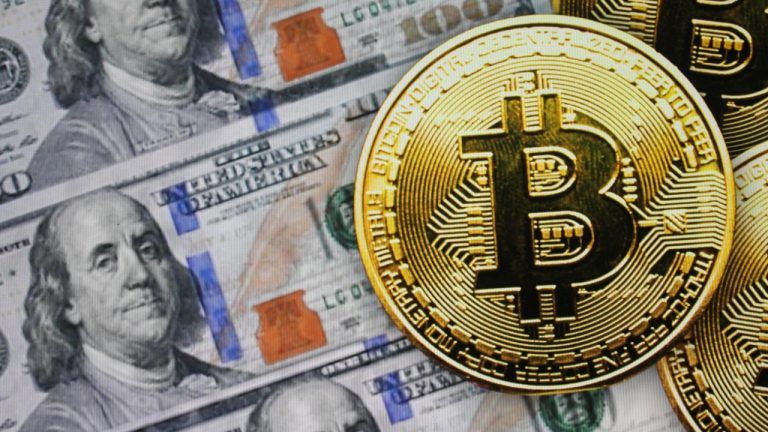

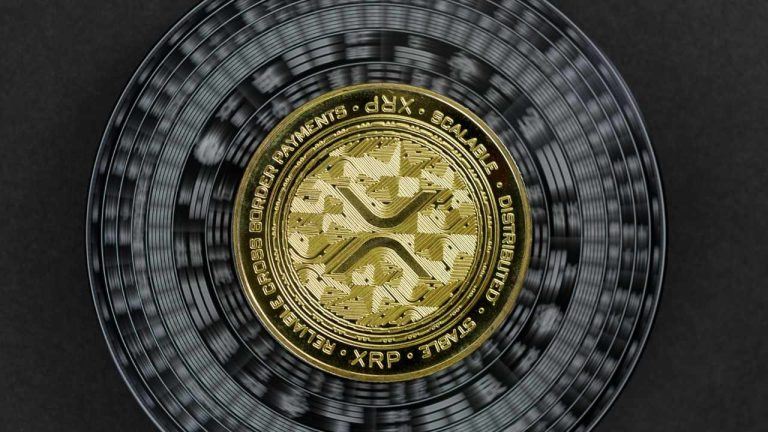
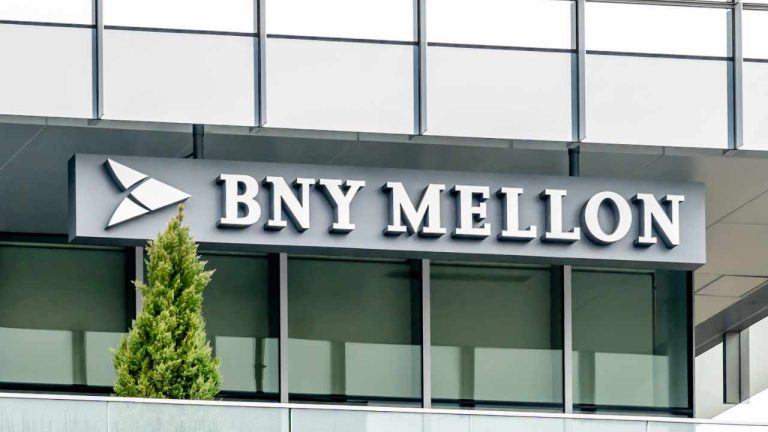
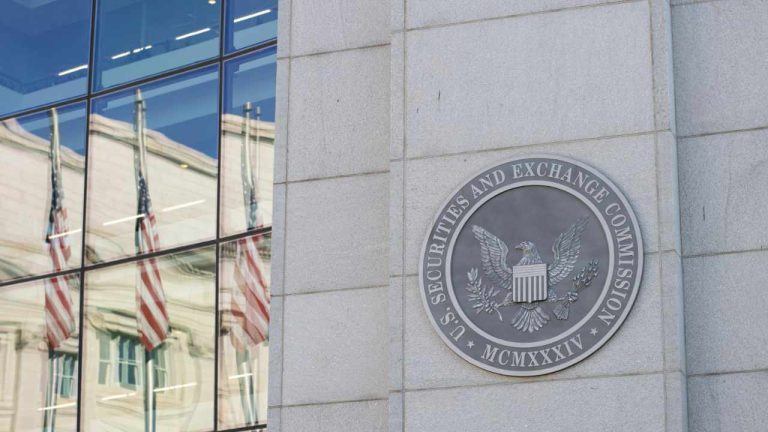
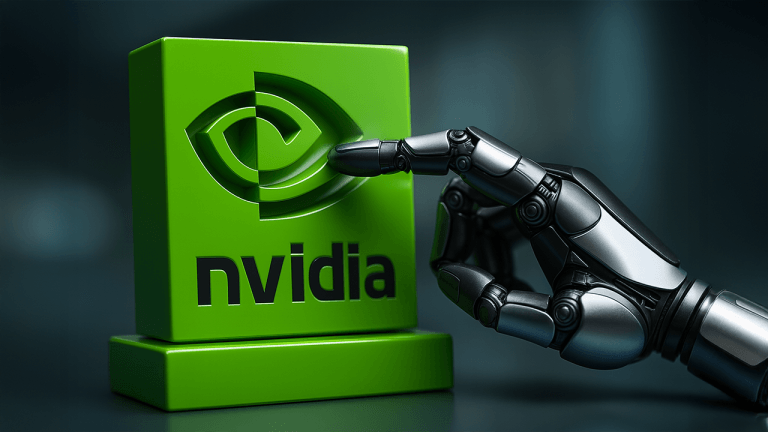
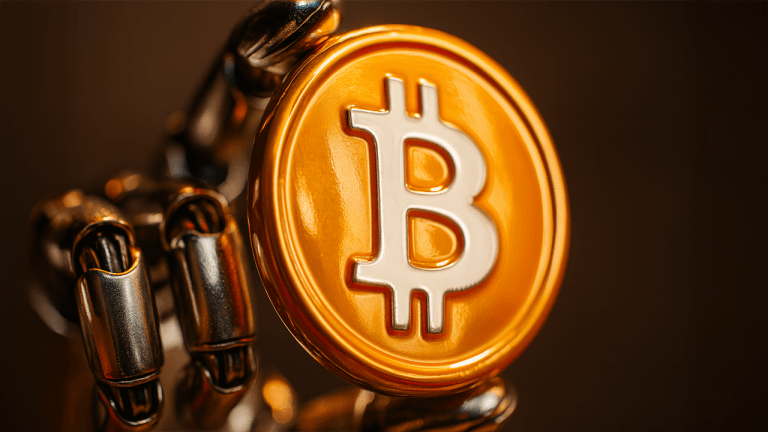

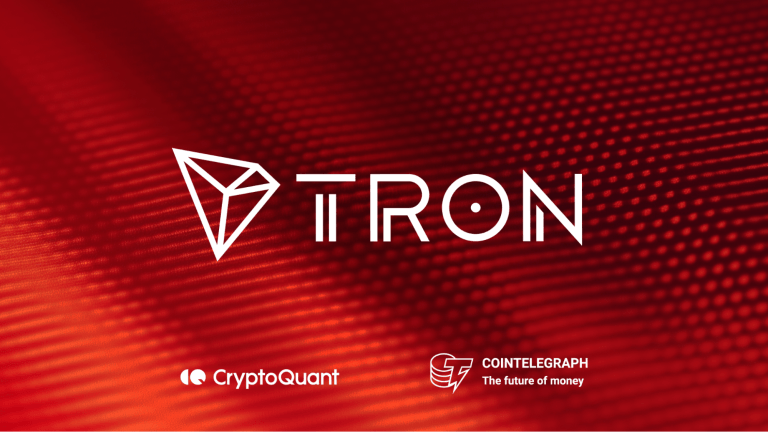
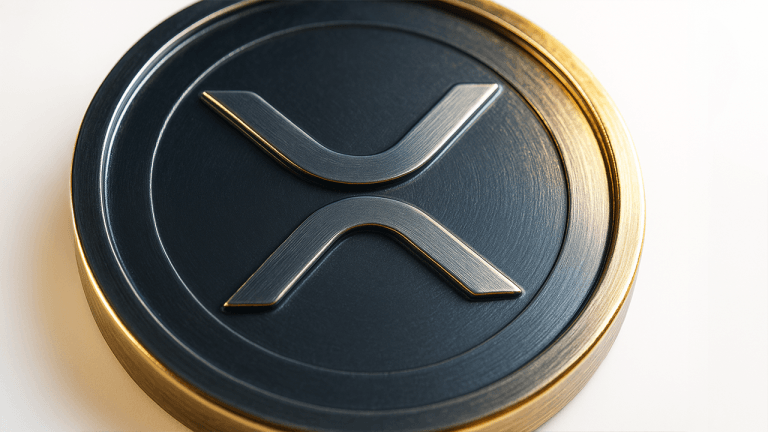
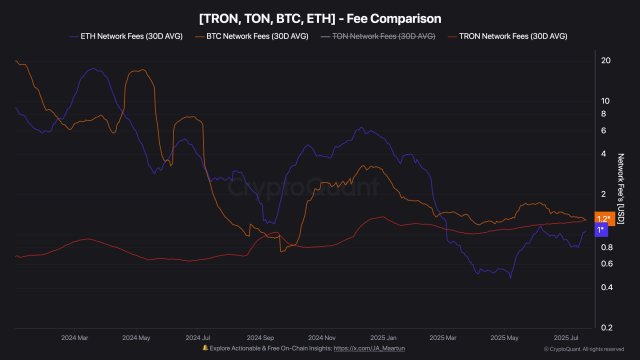
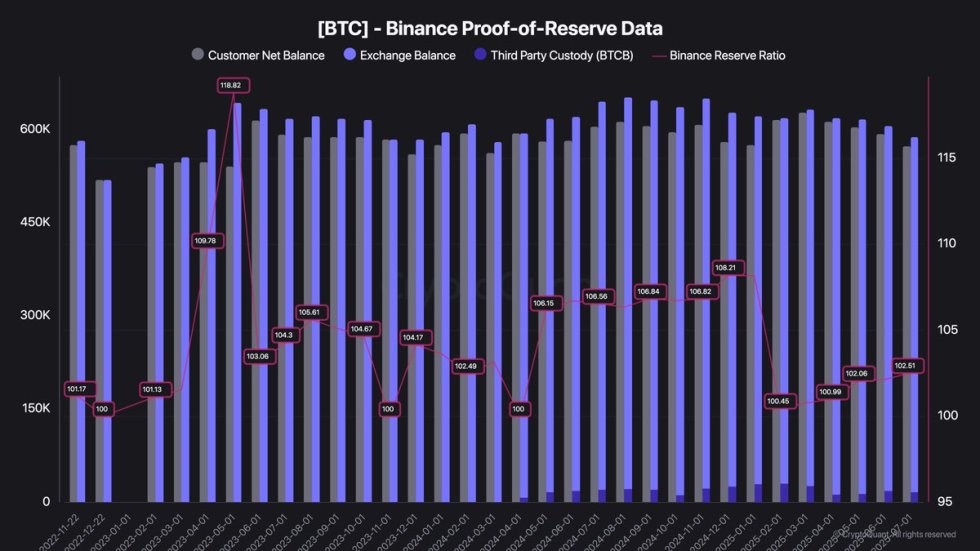
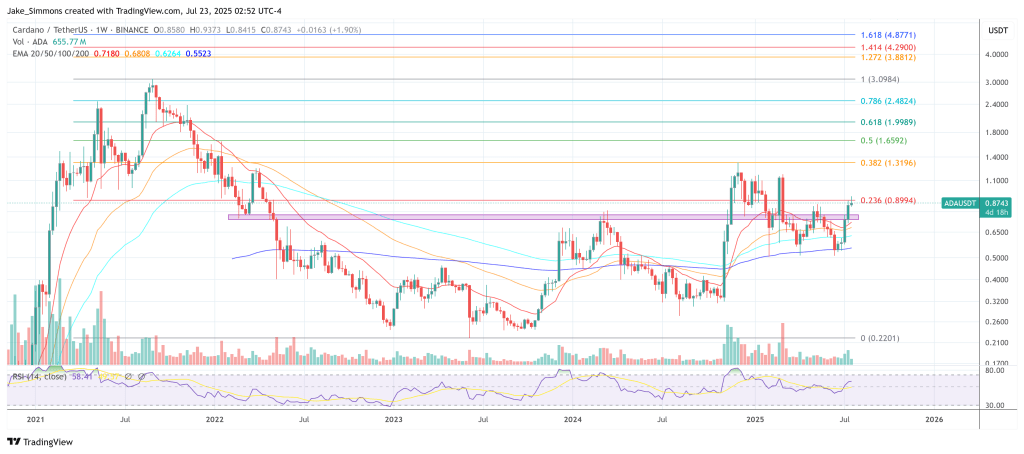

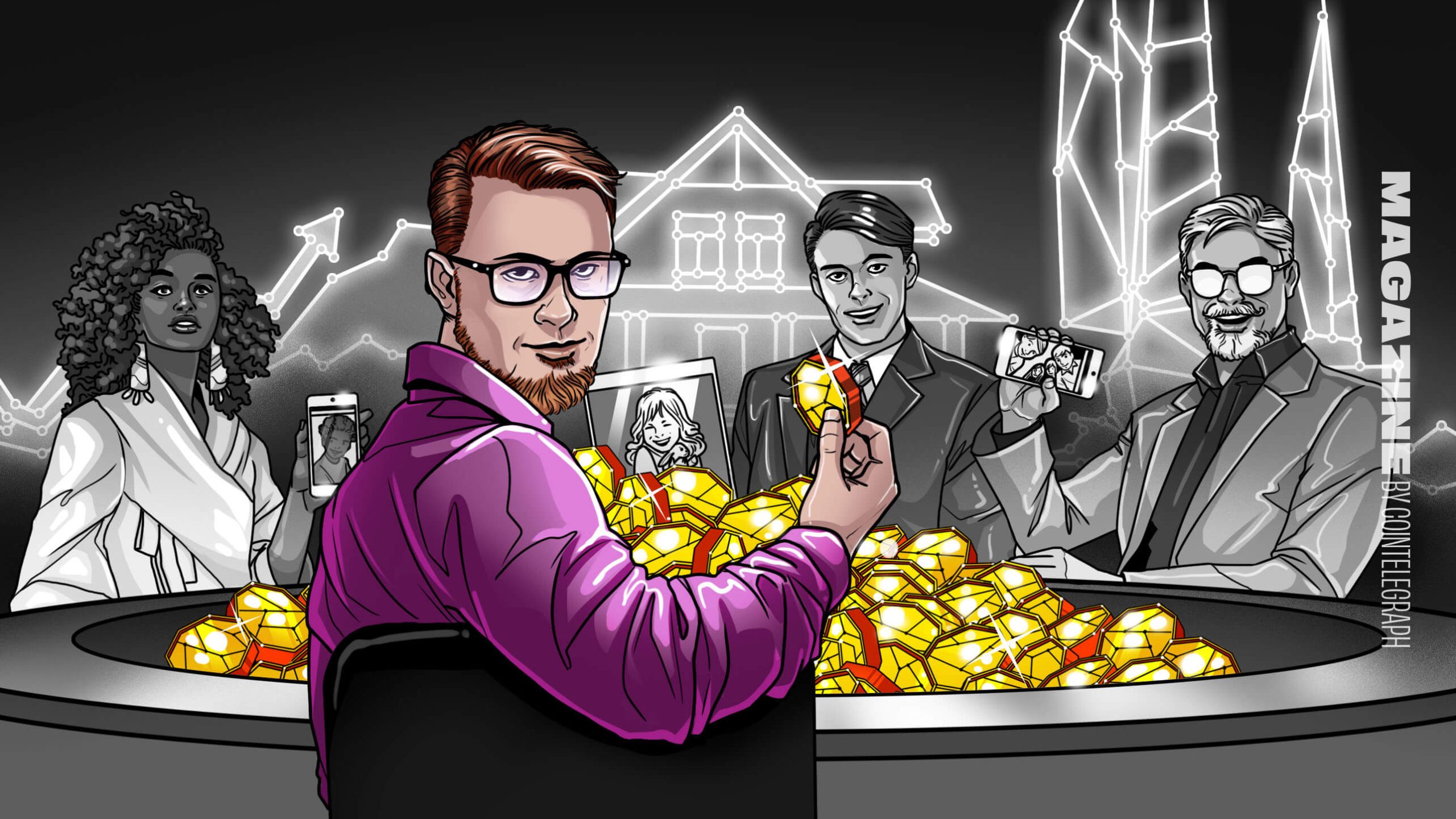





Comments